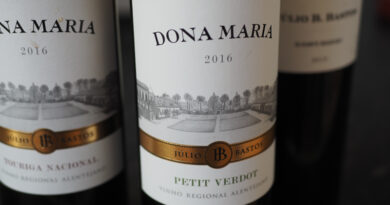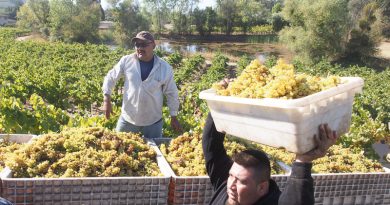Marlborough at 50: Te Whare Ra, the region’s first boutique winery
Website: https://www.twrwines.co.nz/
Te Whare Ra are one of the most interesting producers in Marlborough. When the vineyard was originally planted by Joyce and Allen Hogan in 1979, it was pretty early days for the region, and this was the first boutique, small, privately winery to be established. Jason and Anna Flowerday purchased the vineyard in 2003, and while they’ve kept some of the existing vineyard, they’ve also planted Sauvignon Blanc (there was none here) and Pinot Noir. Farming here is organic (they are biodynamically certified), and the wines that are made from the 11 hectares of estate vineyard are labelled SV5182, which is their organic certification number (from Biogro). Te Whare Ra were fully certified in 2012, and put it on label with the 2013 Pinot and 2014 whites. They also have a few other vineyard sources, including (as of the 2016 vintage) some fruit from the famous Clayvin vineyard.
‘Marlborough is a place where you can do some exceptional stuff,’ says Anna Flowerday. ‘What is your focus? This is a wine company run by two winemakers. It’s hard sometimes because we are too uncompromising. But wines recognized by your peers means more to us than a flash car or a holiday house.’
The beginning: Marlborough’s first boutique winery, from a time when the region was just establishing itself. Allen Hogan was an air traffic controller and had spent time at the Woodbourne Airport, while Joyce had been working in the vineyards for Montana. They planted in 1979, when the region was still in its early days. Elsewhere in New Zealand, things were starting to happen in other regions. Neudorf first planted in 1978, Dry River in 1979, Ata Rangi in 1980. In Marlborough, the first vines went into the ground in 1973 and the first varietally labelled Sauvignon Blanc was Montana’s in 1979. New Zealand wasn’t on the world map at this stage.
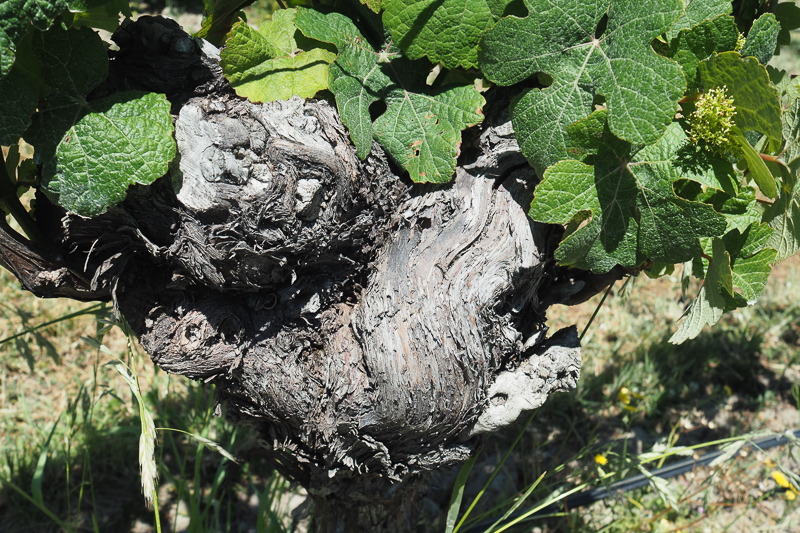
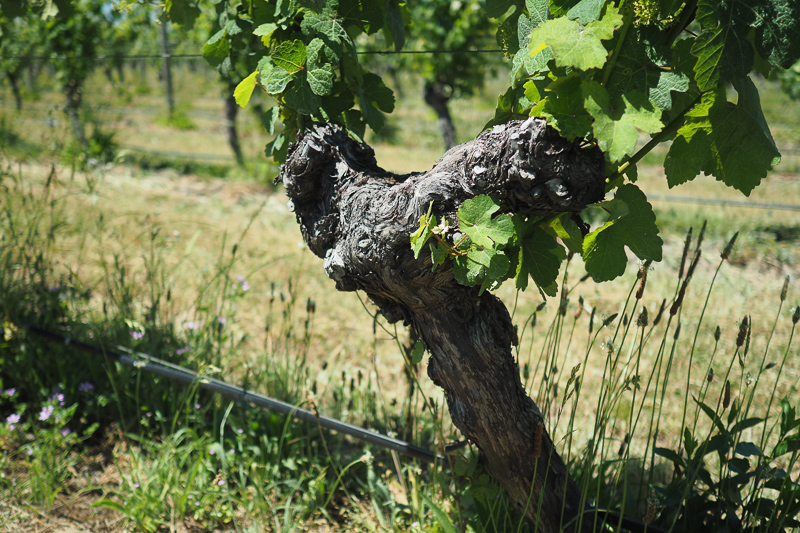
The Hogans planted all their vines on rootstock. ‘It was pretty uncommon then,’ says Anna. ‘When I came here in the late 1990s on a Hardy’s technical trip, there were still growers planting vines on their own roots.’ Anna thinks that Joyce Hogan had access to grafted vines because she was working at the Montana nursery, because these were more expensive, which is why most didn’t use them. ‘Everything round here was established on the smell of an oily rag.’Tthe large vineyards of Montana, Corbans and Penfolds were at the time all on their own roots. What this means now is that phylloxera took out all the earlier vineyards so Te Whare Ra’s surviving original vines – Riesling, Chardonnay and Gewurztraminer – are now the oldest vines in Marlborough. ‘This was one of the things that Jason and I just loved about this place,’ says Anna. ‘We thought we could do something pretty cool.’
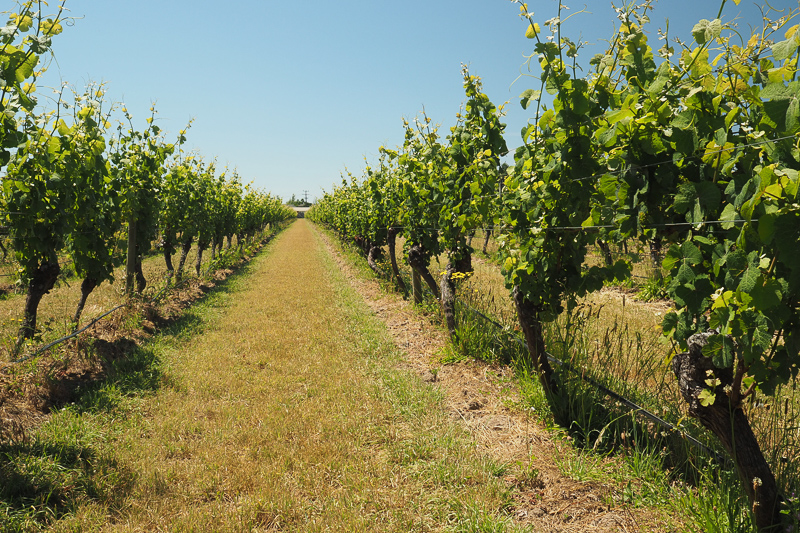
They bought the winery in 2003. Jason was a local: he grew up in Marlborough, and his family have vineyards here. Anna was from South Australia, and when they met she was working for Hardy’s in their Tintara winery in McLaren Vale, a job she got straight out of Roseworthy, where she got her winemaking degree. Jason began working at Selaks in Marlborough when they established their drylands property, in 1996/1997. Nobilos bought Selaks so he went to work in Auckland, and then they were bought by Hardy’s. Jason asked his new employer if he could do a vintage in Australia and he found himself working for Anna at Tintara. They ended up together.
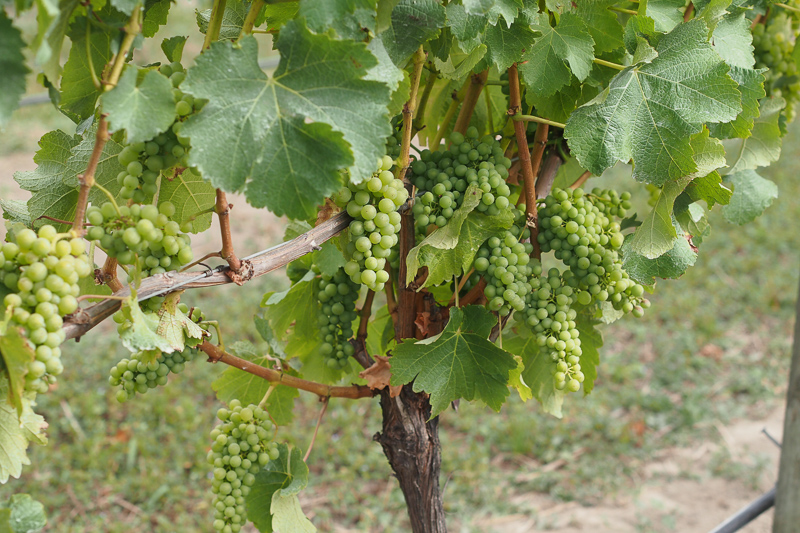
When they bought Te Whare Ra, there was no Sauvignon planted. The Hogans had a range of different varieties, and Anna showed me a bottle of their first wine: a 1982 Müller Thurgau. ‘Marlborough was a fruit salad of different things,’ says Anna. ‘Nobody knew what was going to work. The focus in the 1970s was more on the big croppers, hence why Müller was so in vogue. By the time they planted in 1979, there were a few private vineyards being established by people growing under contract for the big companies. But the Hogans had trouble raising money. ‘When they first planted the vineyard the next step was to build the winery,’ says Anna. ‘They went back to their bank manager and said we’ve got this vineyard, this is what we want to do. He said to them that he didn’t think the wine industry in Marlborough had a future, and he wouldn’t lend them money for a winery, but they could have a tractor shed.’ So the first couple of vintages were done in a concrete-floored shed. And when the wine industry showed that it did have a future in the 1980s, they built the rest of the winery.

Sauvignon has become part of the Flowerday portfolio, though. Making Sauvignon was one of the reasons they chose Marlborough to come to, and not having vines gave them a clean slate in terms of making their version of classic Marlborough Sauvignon Blanc. ‘I want to restore people’s faith in thoughtfully made Sauvignon,’ says Anna. ‘There are a lot of winemakers putting some effort in.’ They have chosen to blend Awatere with Wairau fruit, and they source from four sites, including new plantings they’ve made on their home block and some Awatere fruit from Jason’s family. ‘Awatere is like Sauvignon Blanc but with the volume turned down,’ says Anna. ‘It is slightly more restrained, more floral, with elderflower and citrus. We have planted some on our own vineyard but it is quite heavy clay. We like it because it gives a stone fruit character, like white nectarine.’ Another factor that influences their Sauvignon is the choice to farm organically (they farm their own vines biodynamically), and as more of Marlborough turns to organics, this is likely to alter the style of many of the Sauvignons from here. ‘You can’t have these massive thick-hedged vines with organics,’ says Anna. ‘It just doesn’t work. You need more light penetration and airflow. Anything you are using organically has to touch to work. You get a different spectrum of flavours with organics because of how you manage the canopy. Especially if you are targeting those heavy thiol styles, you’d be going for a pretty dense canopy and not much fruit exposure.’
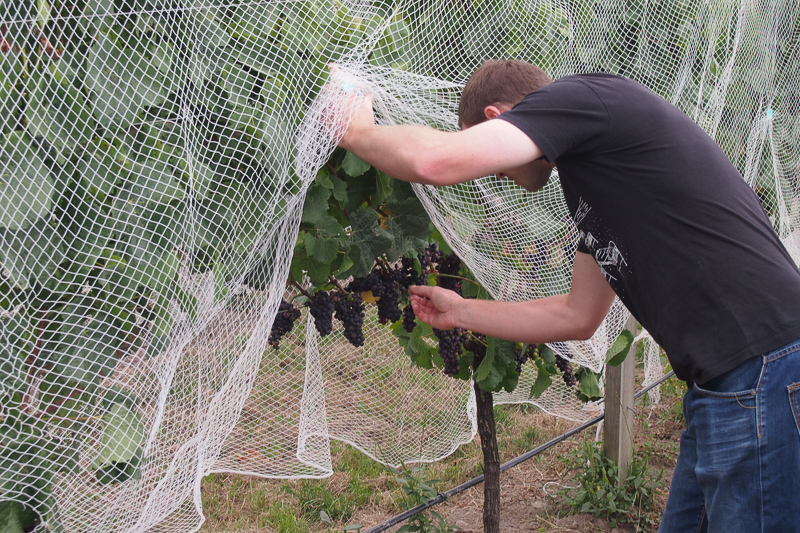
Te Whare Ra also use old oak for their Sauvignon, rather than fermenting and maturing everything in stainless steel. ‘For me, the emergence of alternative styles [of Sauvignon] has been really interesting,’ says Anna. ‘I try a lot of them. I got a bit frustrated for a while because I thought some of them weren’t that thoughtful. It was like people had taken their normal Sauvignon, chucked it in a brand new barrel, and fermented it wild. The elements are a bit jangly and don’t integrate well. For barrel-fermented styles you can’t just contrive the fruit weight and texture: that has to come from growing it differently as well as making it differently.’
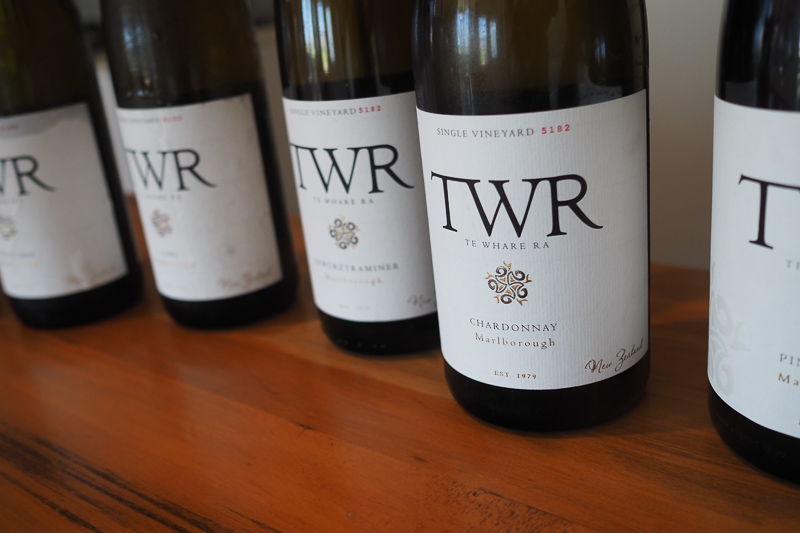
Farming the soils has made a difference to the old vines. ‘When we got this place a lot of people said to us those old vines are stuffed, you are going to have to pull them out and plant again. Jason started doing things like cover crops, and he’d get people pulling up on the side of the road and asking him what’s that weird shit you have planted between the vines? Part of our journey with this place has been to try to bring the soil back to life, and bring those vines back to life.’
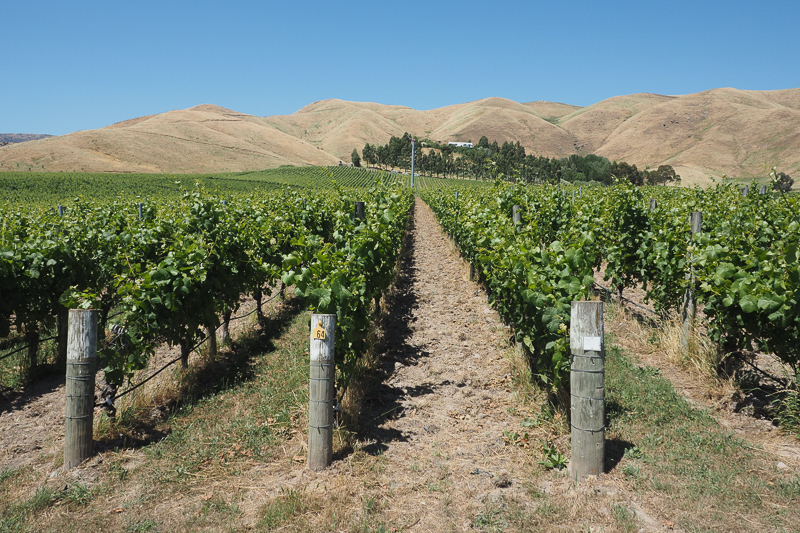
Since 2016 they have been working with Pinot Noir from one of Marlborough’s best known vineyards, Clayvin, which was initially planted by Mike Eaton in 1991 on a site at the end of the Brancott Valley. ‘Clayvin was the game-changer for Pinot in Marlborough,’ says Anna. ‘It was the first vineyard up on the hillside on the heavier clays, in the foothills. It was close planted. Mike had spent a bit of time in Burgundy and thought I want to do a Pinot vineyard in Marlborough where I’m from. It was pretty gutsy.’ She says that when people saw the quality of grapes from that site it changed everyone’s mindset about what could be done with Pinot in Marlborough. ‘It drove this migration of Pinot from the central parts to searching for more clay-dominant soils in the edge to the southern valleys. We feel privileged to be able to take fruit from Clayvin.’
We did a quick run through of some of the grape varieties grown in Marlborough.
Sauvignon Blanc
‘I want to restore people’s faith in Sauvignon,’ says Anna Flowerday. ‘Well made Sauvignon will deliver all that we want from it. I want to honour what put this place on the map in the first place. I’m not ashamed of SB. If you don’t like SB go somewhere else. You have to give SB the right opportunity to be great.’
Riesling
‘Riesling is an unsung hero for Marlborough,’ says Anna. ‘It’s not on people’s radar but it should be.’
Pinot Gris
‘I love Gris yet NZ makes a lot of shit Gris. Part of the problem is that it has been so commercially successful and there are big crops. Clonal selection is important but it is a sister of Pinot and it is crop sensitive. For the top end of NZ the crop level is crucial, because then you don’t need to ripen it to high levels to get concentration.’
Pinot Noir
‘Marlborough is in a sweet spot with Pinot after a false start,’ says Anna. ‘The best of Marlborough stacks up with the best of anywhere else in New Zealand. Marlborough’s hallmark thing for Pinot is line and length. More red fruit and perfume.’
‘I think it says a lot for how great Marlborough is for growing wine that we have able to achieve all this since 1973. Marlborough has achieved this amazing, meteoric rise, and we just want to do it justice.’
THE WINES
Te Whare Ra Sauvignon Blanc 2022 Marlborough, New Zealand
13% alcohol. This is 67% Awatere, 33% Wairau Valley, and it comes from Shamrock, Te Whare Ra and Flowerday Family vineyards. Wonderfully aromatic and exotic with grapefruit, tomato leaf and green pepper, as well as some passionfruit. The palate is concentrated, fresh and bold with lively citrus and a juicy, vital intensity. Really lovely. 93/100
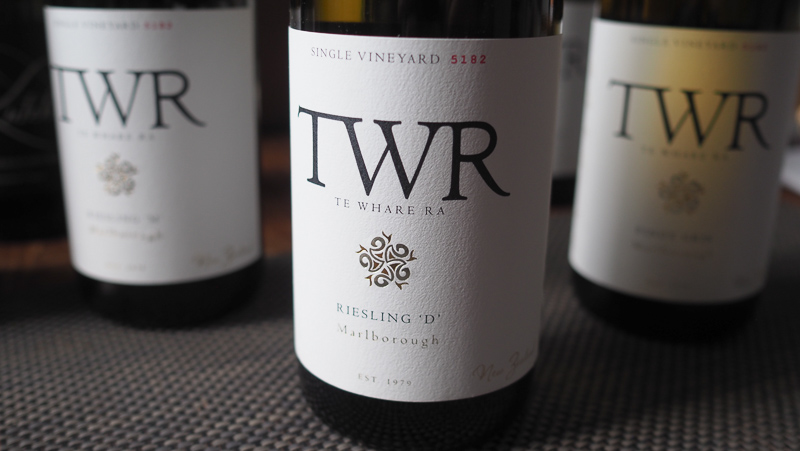
Te Whare Ra Riesling D Single Vineyard 5182 2020 Marlborough, New Zealand
12.5% alcohol. Beautiful limey aromatics leading to a palate that’s dry but really nicely textured with a chalky edge to the lemon and lime fruit, together with keen acidity that integrates really well and doesn’t stick out. Such a sophisticated, harmonious dry Riesling with amazing finesse and purity. To my mind, this is one of New Zealand’s very best Rieslings. 95/100
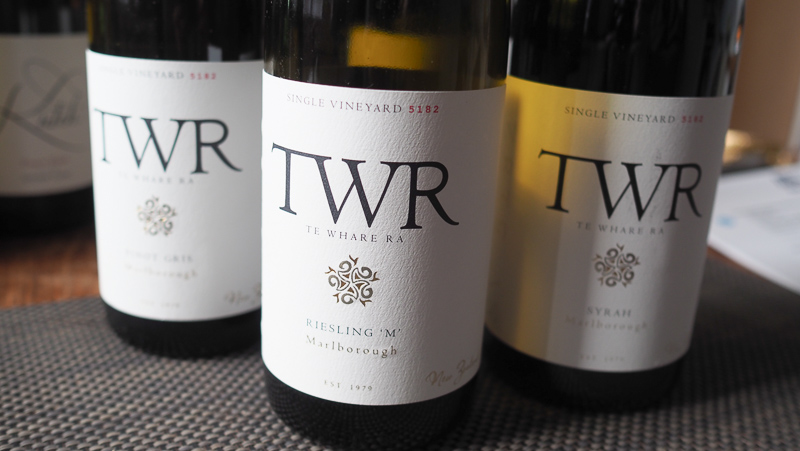
Te Whare Ra Riesling M Single Vineyard 5182 2021 Marlborough, New Zealand
10% alcohol. Powerful and exotic with lovely limey notes on the nose, showing real intensity. Great balance between the vivid, intense citrus fruit, the high acidity, and the slight sweetness. Primary, pure and delicious with great intensity. 93/100
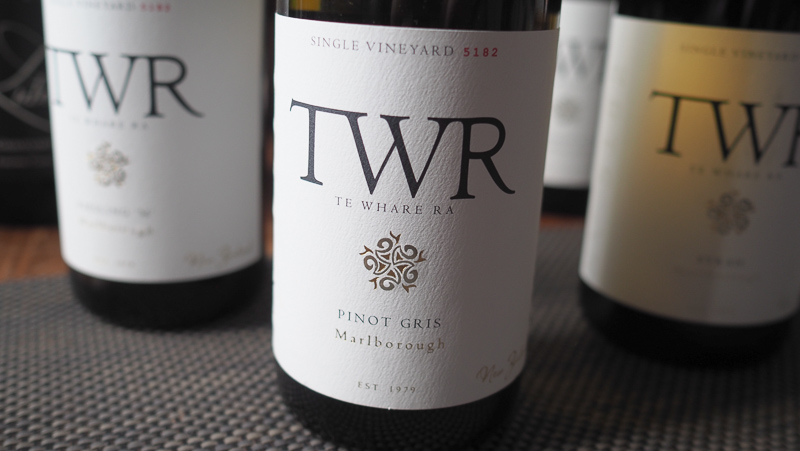
Te Whare Ra Pinot Gris Single Vineyard 5182 2021 Marlborough, New Zealand
13.5% alcohol. This is a dry Pinot Gris with appealing delicate lime, cherry and mandarin notes, showing a fine texture with some subtle spiciness and an almost jelly-like mid-palate streak with some subtle rose petal detail. Very fine and delicate with lots of personality – something that’s occasionally missing in Marlborough Pinot Gris. 93/100
Te Whare Ra Toru Single Vineyard 5182 2021 Marlborough, New Zealand
13% alcohol. This is a blend of Gewurztraminer, Riesling and Pinot Gris, co-fermented and made in an off-dry style. It’s not as aromatic as you might expect, but the palate is beautifully balanced, offering lychee, pear, lime and mandarin characters as well as some sweet table grape notes. Very pure and fine with a slight jellyish quality on the mid-palate and a nice balance between the sweetness and acidity on the finish. Marlborough meets Alsace! 92/100
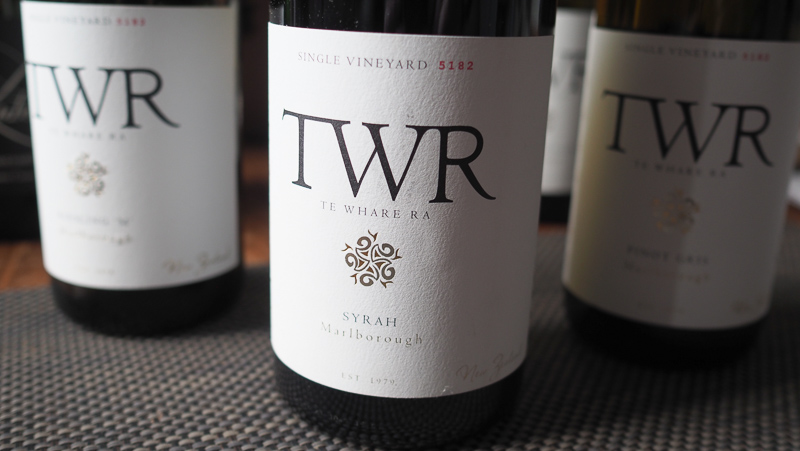
Te Whare Ra Syrah 5182 2020 Marlborough, New Zealand
13% alcohol. Remarkable nose: smoky, peppery, gravelly with black cherry and plum fruit. The palate is supple and fresh with a cool-climate, fresh feel, a slight meatiness, and some black pepper. Floral, fresh, expressive and edgy with the sweet fruit countered by supple green notes. Fresh and fine, and distinctive. 94/100
Slightly older notes:
Te Whare Ra Sauvignon Blanc 2019 Marlborough, New Zealand
13% alcohol. From four vineyards, three-quarters Awatere, one quarter Wairau. 12.5% barrel ferment. Lovely intense, pure, completely classical aromatics of grapefruit, citrus and minerals, with a touch of elderflower. Very pure and precise on the palate with bright lemony fruit with some keen acidity but also nice ripe pear, green herb, tomato leaf and elderflower detail. This has great intensity and freshness. Very fine. 92/100
Te Whare Ra Riesling D Single Vineyard 5182 2017 Marlborough, New Zealand
12% alcohol. Best selections from this iconic old vineyard, fermented to dryness. This is dry, intense, expressive and limey with a hint of petrol/TDN as well as vivid citrus fruit on the nose. The palate is really fresh and focused with a massive limey kick and concentrated, layered citrus fruit, honey and fine spice flavours. This is a remarkable expression of Marlbrough Riesling: intense, limey and focused, with a long finish. 93/100
Te Whare Ra Toru Single Vineyard 5182 2020 Marlborough, New Zealand
13.5% alcohol. A co-fermented blend of Gewurztraminer, Riesling and Pinot Gris. This is a generous but layered wine with a wonderful spread across the flavour spectrum. It has the lychee and table grape from the Gewurz, then some of the generous pear, apple and grape notes from Pinot Gris (perhaps with an added hint of bacon fat) and then the citrus brightness from the Riesling. Lovely fruit here with some richness, hints of sweetness, but overall a sense of dryness. 92/100
Te Whare Ra Gewürztraminer Single Vineyard 5182 2018 Marlborough, New Zealand
14% alcohol. From old vines, this is wonderfully pure, slightly off-dry Gewurz with aromas of lychee and spice, as well as some table grape. The palate is textured and rich, but still retains some freshness. It’s bold, grapey, pure and smooth with lychee and rose petal notes, a slight honeyed sweetness, and a fresh spicy flourish on the finish. I know Gewurz isn’t everyone’s favourite, but I really like this example. 93/100
Te Whare Ra Pinot Noir 2016 Marlborough, New Zealand
13% alcohol. This is from two vineyard sites – one in Renwick and one in Omaka, both organically farmed. It has a taut, fine nose of red cherries with some subtle green hints integrating nicely. The palate is frehs and detailed with some silkiness to the red cherry fruit, a touch of sweet wild strawberry, and some fine dried herb character. It’s medium bodied, elegant and fresh, with lovely drinkability. There’s also a bit of structure here. A lovely fresh Marlborough Pinot. 93/100
Older notes
Te Whare Ra Rosé 2016 Marlborough, New Zealand
Pinot Noir. Deep pink colour. Textural and interesting with cherries, strawberries and some herbs. Nice weight in the mouth. 89/100
Te Whare Ra Sauvignon Blanc 2016 Marlborough, New Zealand
When they bought there was no Sauvignon planted here. A blend of Awatere and Wairau. Concentrated, fresh and subtly herbal with some sweet pear and citrus fruit, as well as a bit of fig richness in the background. Lovely texture and depth, with the green nicely integrated. Has substance. 91/100
Te Whare Ra SV5182 Sauvignon Blanc 2016 Marlborough, New Zealand
Home block, certified organic. Cropped at Pinot levels (7 tons ha), 80% fermented in large (600 litre) oak. Very textural with pure citrus fruit, some white peach, and lovely complexity. Fresh and delicate yet it has some richness and depth. Real finesse to this wine. 93/100
Te Whare RaSV 5182 Riesling ‘D’ 2016 Marlborough, New Zealand
Planted in 1979, so these are oldest vines in Marlborough. ‘At that stage hardly anyone planted on rootstock,’ says Anna Flowerday, ‘but here they did, and this has been our benefit.’ Lovely, linear, dry wine where the acid is really nicely integrated. It’s bone dry but there’s some fresh, with pure citrus fruit and a hint of honey. Lovely, intricate finish. 93/100
Te Whare Ra SV5182 Riesling ‘M’ 2017 Marlborough, New Zealand
Planted in 2004. pH 2.85, TA 9 g/l, sugar 27 g/litre, 9.5% alcohol. Lovely fresh style with bright lemony acidity and some delicious rounded mandarin characters. Juicy with just a hint of sweetness. Very stylish. 92/100
Te Whare Ra SV5182 Pinot Gris 2016 Marlborough, New Zealand
A third is fermented in large format. This is fresh and precise but with good concentration, showing a hint of cherry and bright citrus, as well as some crisp pear fruit. Nice balance with a hint of phenolic bite. Finishes dry. 90/100
Te Whare Ra SV5182 Toru 2017 Marlborough, New Zealand
First made 12 years ago. Biggest selling white wine after the Sauvignon. Aromatic, fruity and textured. Cofermented Gewurztraminer, Pinot Gris and Riesling. Lovely pear, table grape and lychee fruit buttressed with some citrus character. Very pretty but also has a serious side. Multidimensional and quite delicious. 91/100
Te Whare Ra SV5182 Gewurztraminer 2017 Marlborough, New Zealand
The old vines, 1979 planting, 3 tons/hectare. 12 h skin contact. Serious nose of ginger, lychee and green tea. The palate is broad, textural and spicy, with low acidity and nicely integrated phenolic structure. Very satisfying. 93/100
Te Whare Ra SV5182 Chardonnay 2016 Marlborough, New Zealand
1979 plantings, Mendoza clone. Highly aromatic with toast and nuts, as well as some bready notes. Nice texture to the boldly flavoured palate. Moved to large format because barriques were drying out the wines. 25% new wood, 600 litres. Thick staves. Lovely integration here with some fruit sweetness, but also a lovely smooth mouthfeel. Rich but very balanced, with fresh citrus on the finish. 93/100
Te Whare Ra Pinot Noir 2015 Marlborough, New Zealand
Half home block, half from a vineyard on hillsides in the Omaka Valley. This has lovely freshness to the sweet cherry and plum fruit. Good structure with nice fine-grained tannins under the supple, slightly savoury, silky red fruit character. This has finesse and balance, and it’s really impressive. 94/100
Te Whare Ra SV5182 Pinot Noir 2014 Marlborough, New Zealand
This is a selection of barrels from this site: what expresses the site best. Just 100 cases or so, released later. Blend of all eight clones. Berry sorted so it can be left on skins for longer. This is really beautiful. It’s perfumed and really pure with very fine red cherry fruit, but also definite structure and seriousness in the mouth. The fruit is silky and fine with subtle sappy notes. Tension and balance here with purity and precision. 95/100
Te Whare Ra SV5182 Pinot Noir 2013 Marlborough, New Zealand
First bottling of this. Lovely focus to this wine. It has generous red cherry and raspberry fruits with hints of undergrowth and spice. There’s some warmth to the mid palate, and nice texture. Structured yet with some silkiness, it is quite a serious effort with a savoury side. Nice grainy, grippy finish. 94/100
Te Whare Ra SV5096 Clayvin Pinot Noir 2016 Marlborough, New Zealand
Bottled in February. Dark, muscular and brooding but also with real beauty. Black cherries, plums and spice, with good structure and focus. Lots of ripe black fruit but also good structure and intensity, and good acidity. Still very youthful with density to it, but lots of potential. Thrilling wine with massive potential. 96/100
UK agent: Les Caves de Pyrene
Find these wines with wine-searcher.com
MARLBOROUGH AT 50



